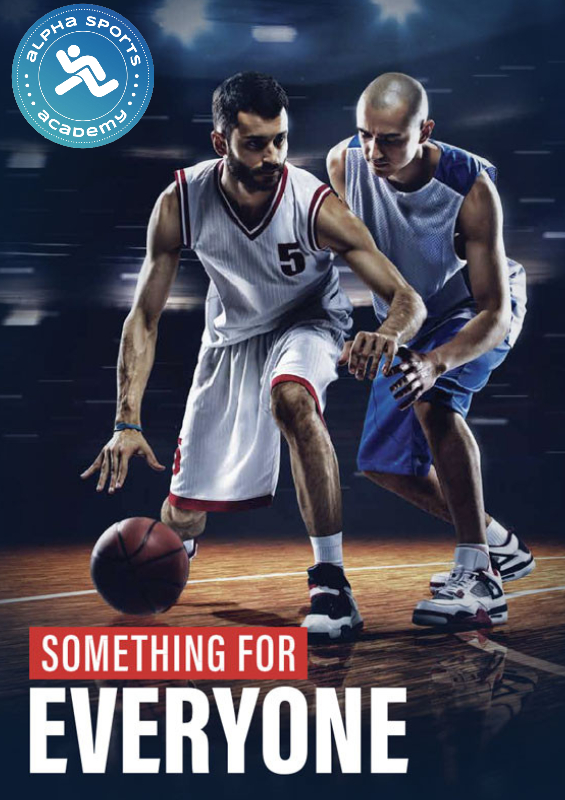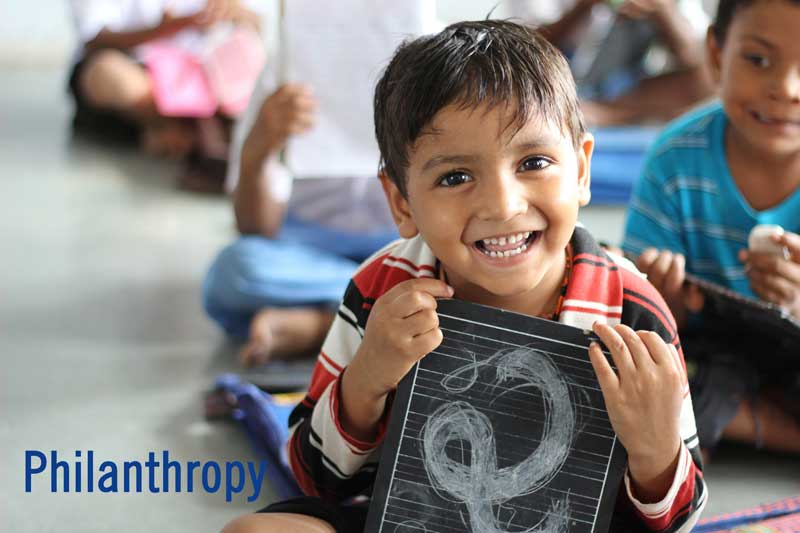Deep Learning : Cross - Curricular
Deep Learning : Cross - Curricular

our approach
Prarambhika World School is a place where students garner knowledge which they learn to synthesise, analyse and evaluate – using it in real life.
Prarambhika World School was founded on the principle that every child has a keen and sharp ability to learn. Also, learning should add to the overall development of the student. While academic knowledge is essential, it is not the complete picture. It has to be backed by a confident personality, a good character along with empathy and intelligent thought.
Prarambhika World School is a safe and fun place for students and teachers where they feel happy, wanted, challenged and satisfied at the end of the day.
News and Updates / Notice Boards

Update on Board Examination Registration (2026)
We are pleased to inform you that the registration for board examinations (2026) was successfully completed on 15.10.2024. Parents are

Get Ready for the Ultimate Adventure: WINTER FIESTA CAMP!
Prarambhika invites all students of Class VIII to X to embark on an unforgettable journey of fun, thrill, and excitement!

EKAYAN- Doctrine of Unity & Excellence in Diversity
We witnessed the incredible participation of 11+ schools and 350+ students, all coming together in a vibrant showcase of skill

Update on Board Examination Registration (2026)
We are pleased to inform you that the registration for board examinations (2026) was successfully completed on 15.10.2024. Parents are

Get Ready for the Ultimate Adventure: WINTER FIESTA CAMP!
Prarambhika invites all students of Class VIII to X to embark on an unforgettable journey of fun, thrill, and excitement!
Discover Prarambhika

ALPHA Sports Academy at Prarambhika World SCHOOL
Prarambhika believes that overall development happens when children are exposed to learning from various sources. Sports is one of those activities which not only makes the children physically and mentally healthy but also teaches many other skills like leadership, teamwork, communication, empathy, and how to take a loss and win in their stride.
We are happy to collaborate with Alpha Sports Academy at Prarambhika World School, which is the only residential academy for sports in Bihar. The approach is to garner talent from various districts of Bihar by holding camps. Children selected from these camps will be encouraged to join the sports academy. They will also have access to Prarambhika school, where they can continue their education. ALPHA academy will house multiple sports and provide coaching by professionals. The academic curriculum too will be tailored keeping in mind that these children will excel in sports. However, we want to bring the students to an academic standard where they will be able to pursue an alternate career, if not sports. The students will not have to trade one essential skill for the other.
Upcoming Events

